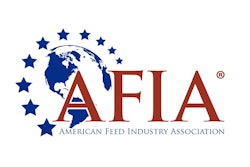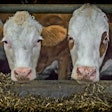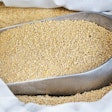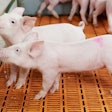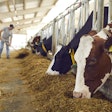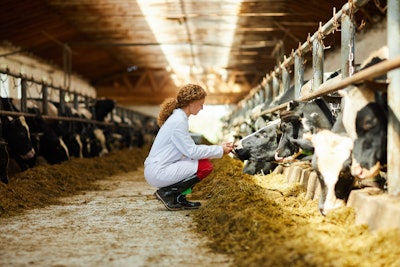
The American Association of Bovine Practitioners (AABP) says it will refer to the avian influenza virus Type A H5N1 affecting cattle as bovine influenza A virus (BIAV).
The AABP, an international veterinary association, said in a letter dated April 8 that it believes the disease should not be referenced as highly pathogenic avian influenza (HPAI) in cattle or bird flu in cattle because of the differences in how it affects birds and cattle.
“This virus causes highly pathogenic avian influenza in birds, however the disease syndrome in cattle does not cause high morbidity and mortality as it does in birds,” the letter said.
AABP said it encourages other organizations, state animal health officials, diagnostic labs, and state and federal agencies to use the BIAV name “so that we can be consistent in our messaging and better distinguish the disease syndrome in cattle from the pathogenesis observed in birds. We believe it is important for the public to understand the difference to maintain confidence in the safety and accessibility of beef and dairy products for consumers.”
Veterinarian Kay Russo, technical services manager, dairy and poultry for Novonesis, said this week that she did not think the disease should be referred to as HPAI.
“I believe it can no longer be considered highly pathogenic avian influenza, given its low mortality, and the fact that it was isolated from a bovine source,” she said during a webinar. “It should simply be referred to as either H5N1, or perhaps low pathogenic bovine influenza, at this point in time.”
Cattle in Texas, New Mexico, Idaho, Michigan, Kansas and Ohio have tested positive for H5N1. Cattle affected by the virus exhibit flu-like symptoms including fever and thick and discolored milk accompanied by a sharp reduction in milk production averaging between 10-30 pounds per cow throughout the herd. Economic impacts to facilities are ongoing as herds that are greatly impacted may lose up to 40% of their milk production for 7 to 10 days until symptoms subside. It is vital that dairy facilities nationwide practice heightened biosecurity measures to mitigate further spread.




